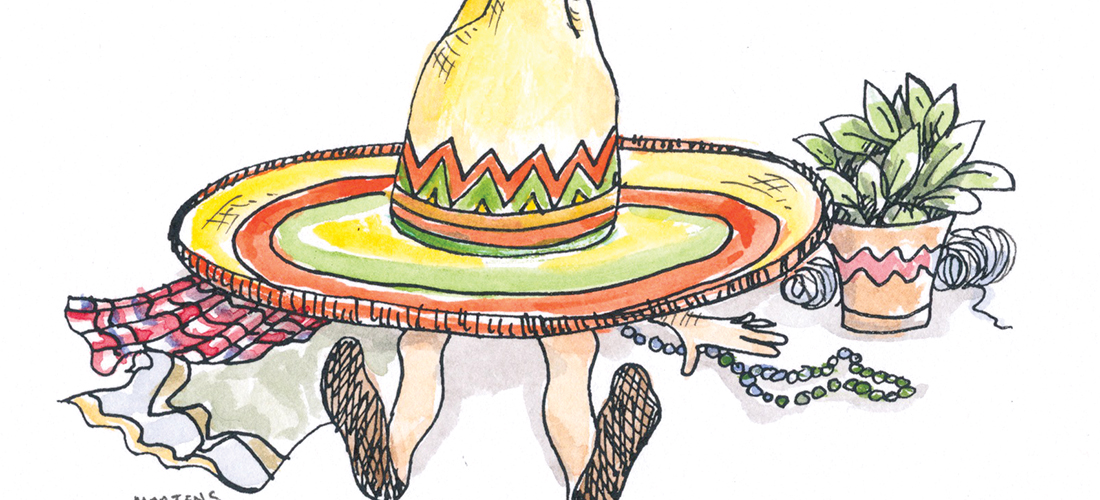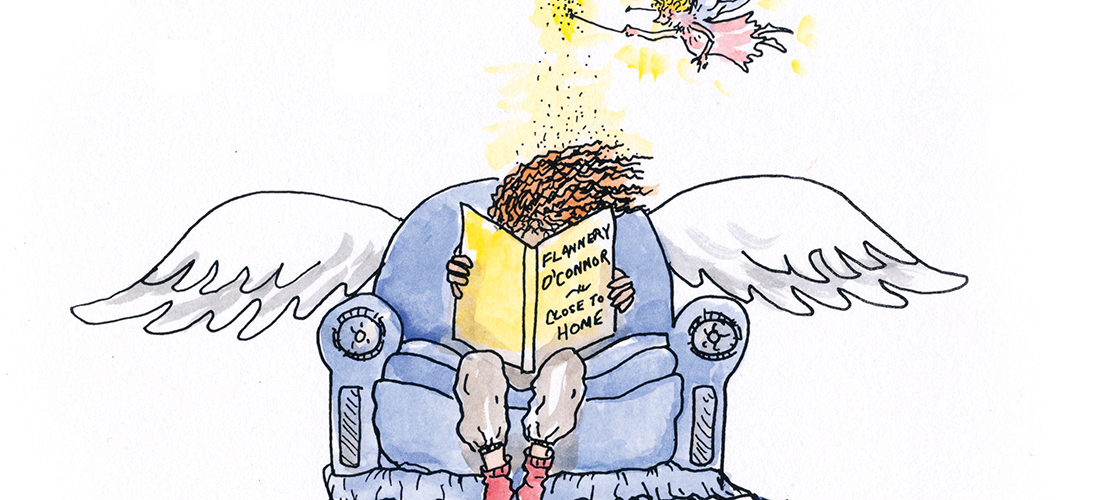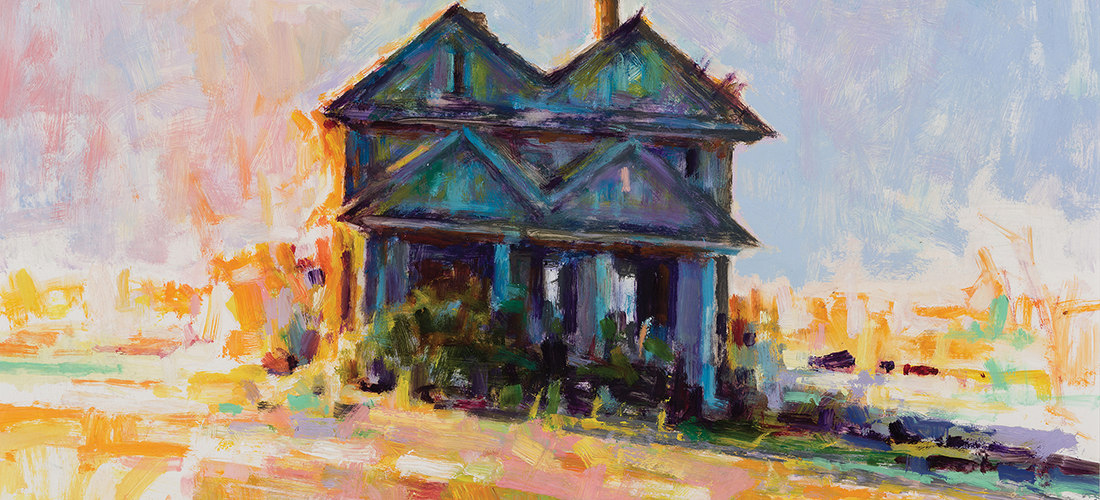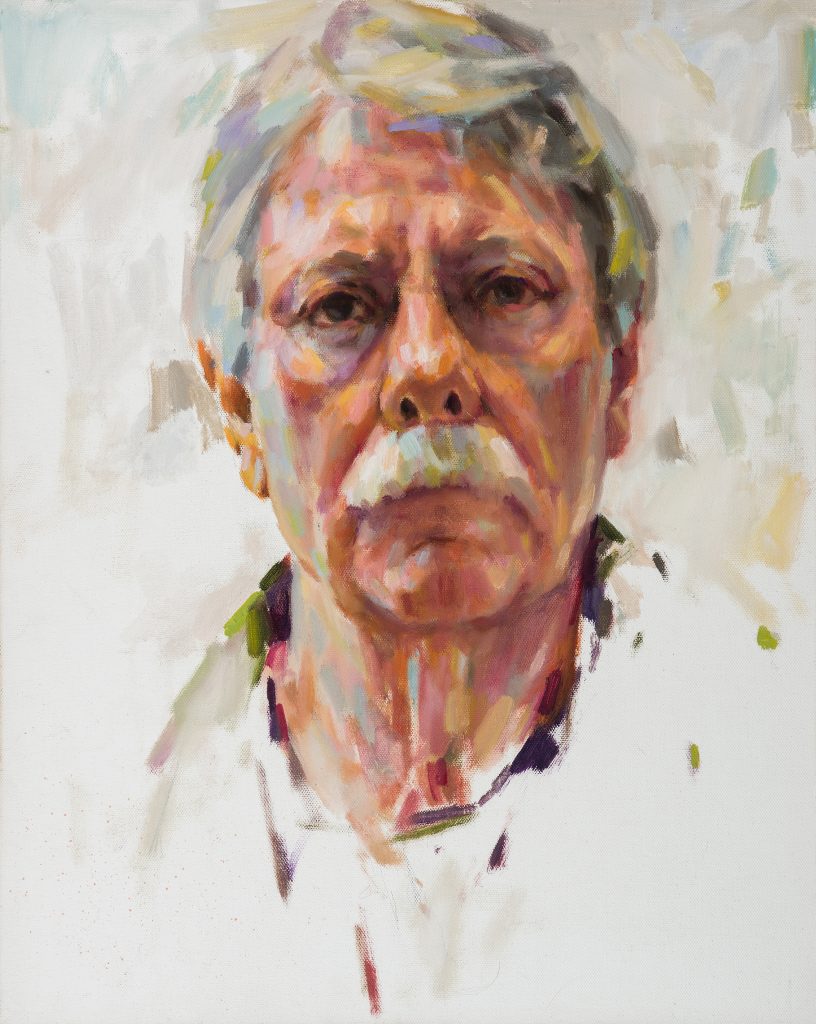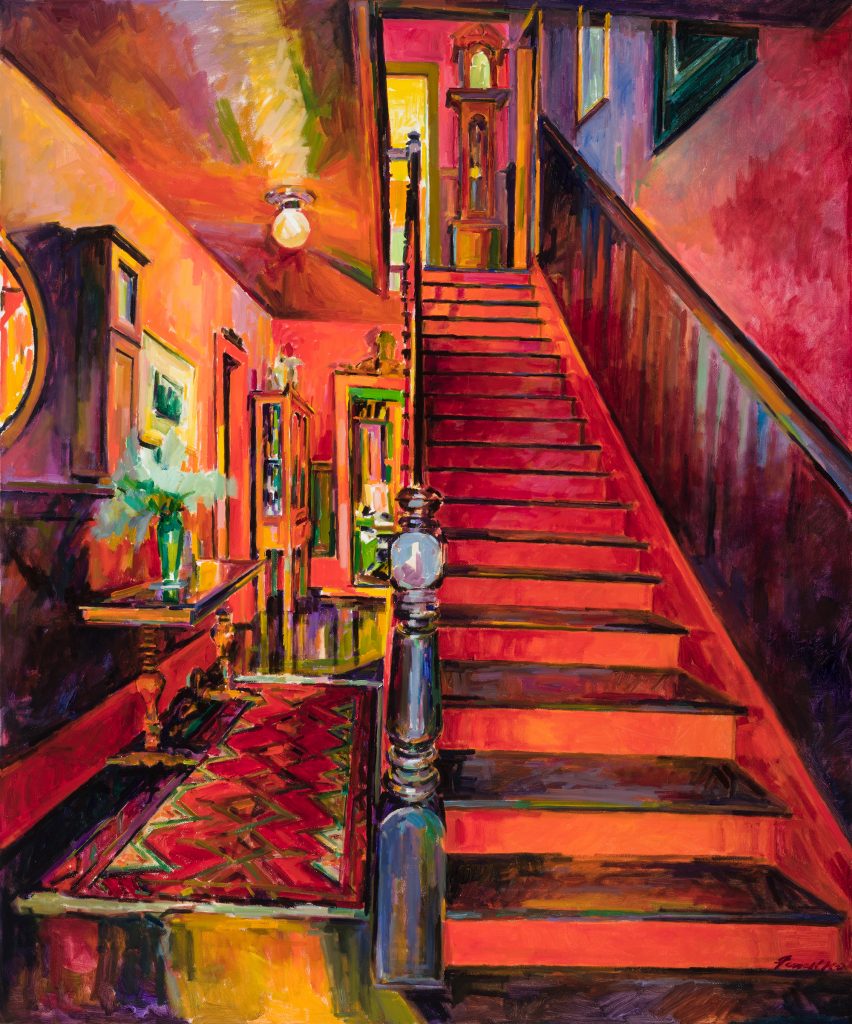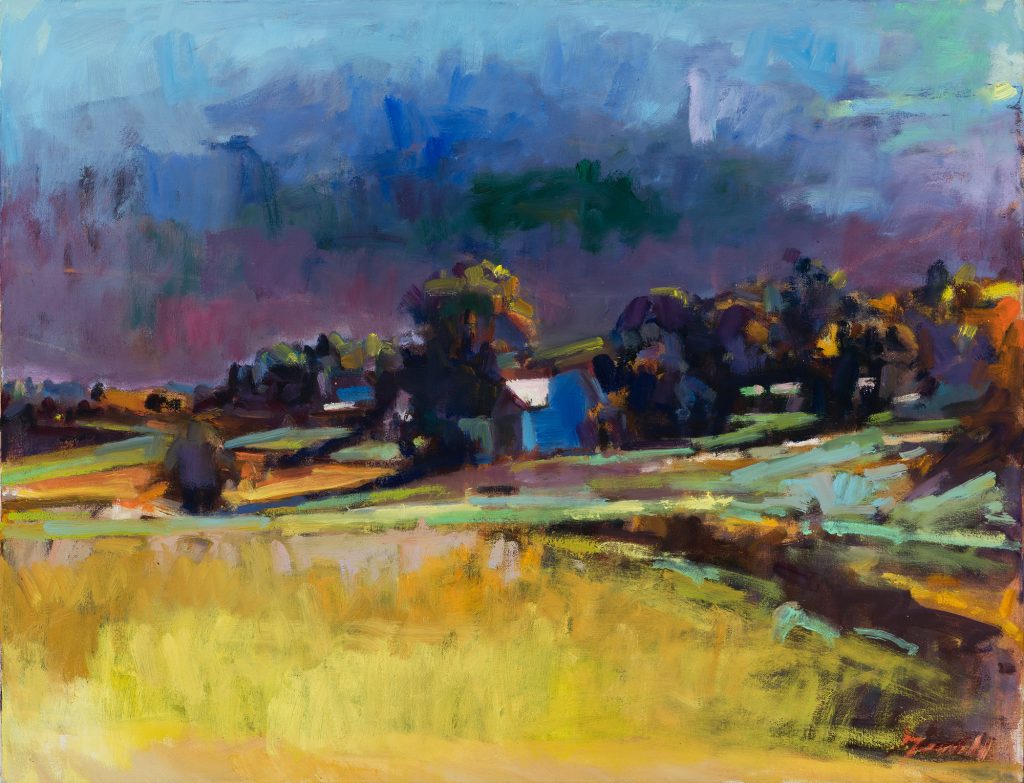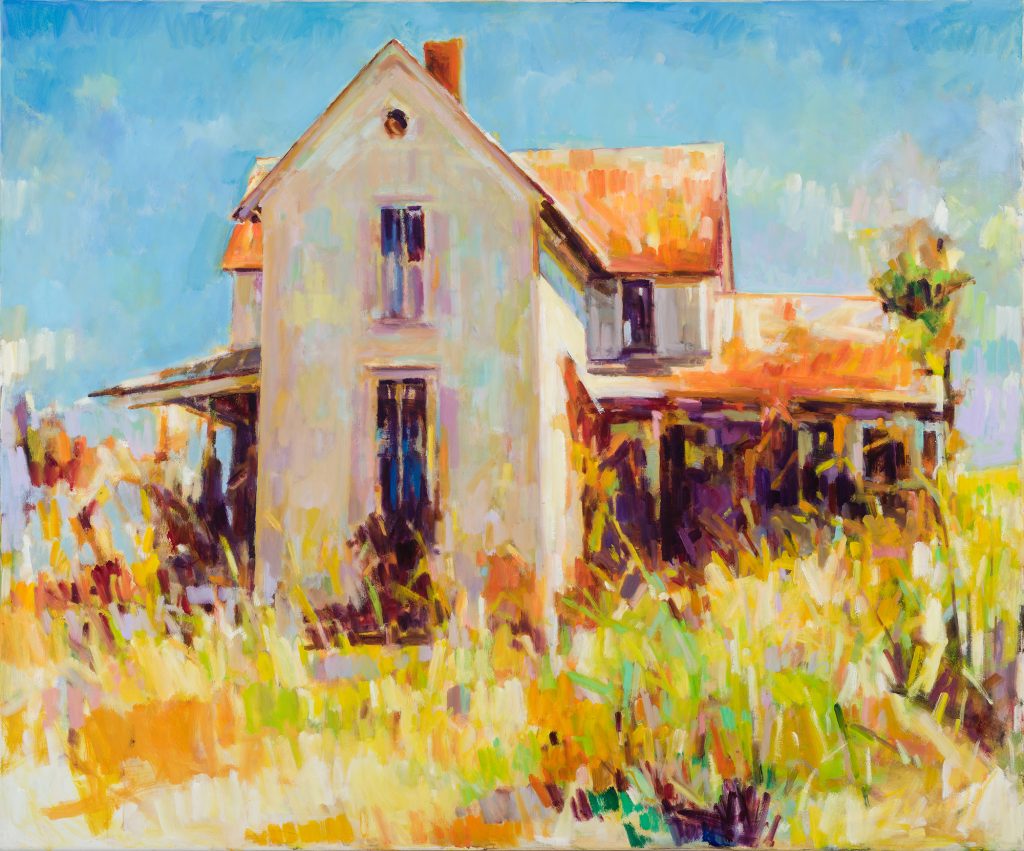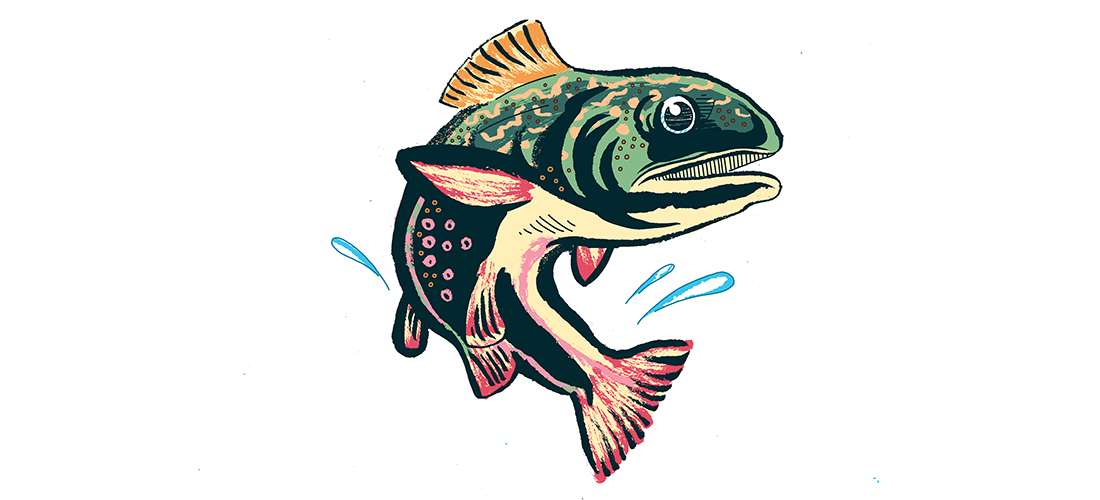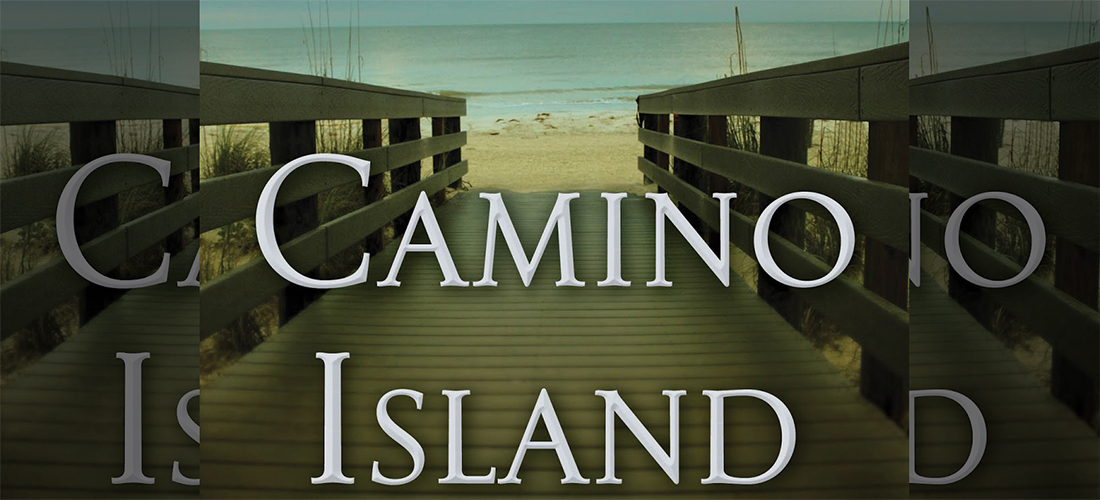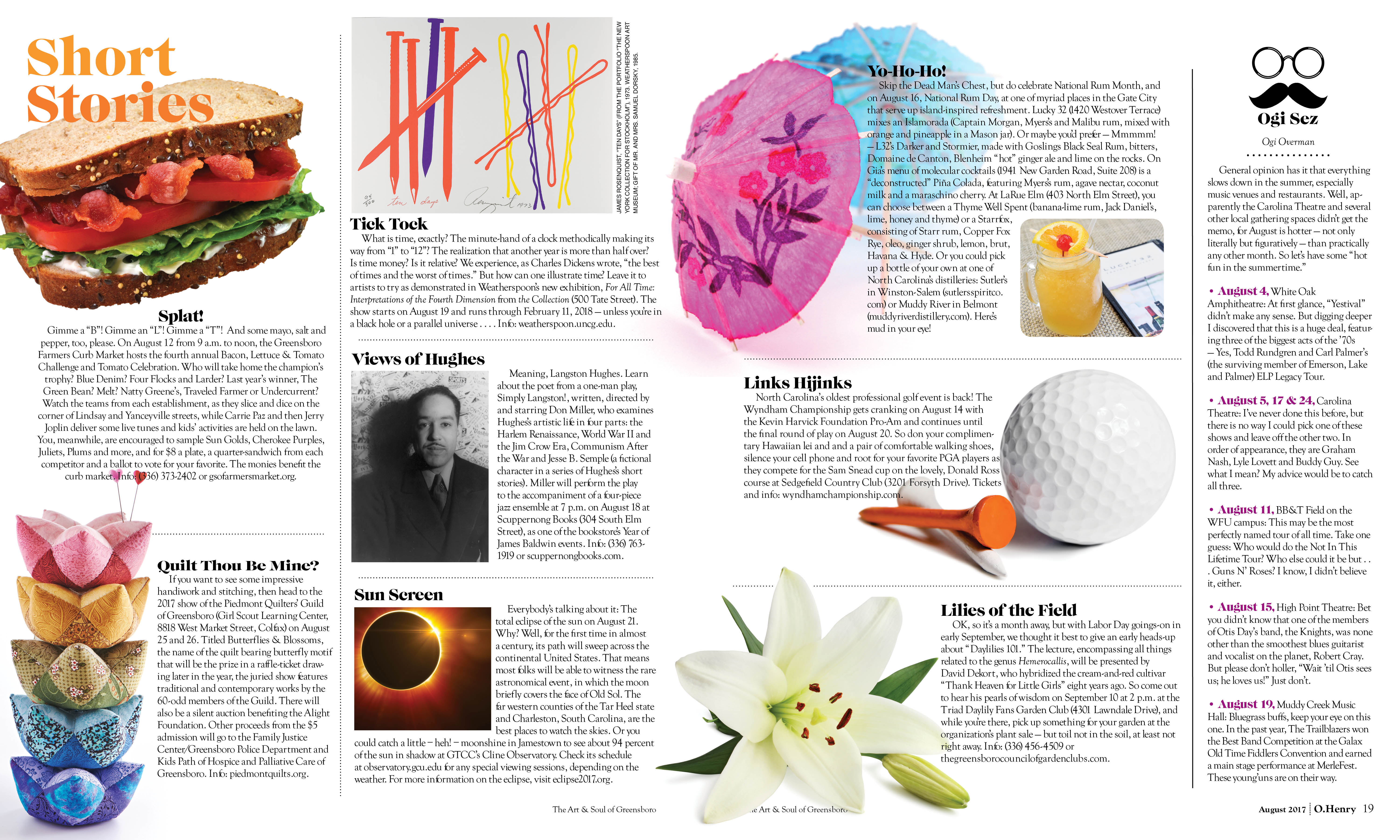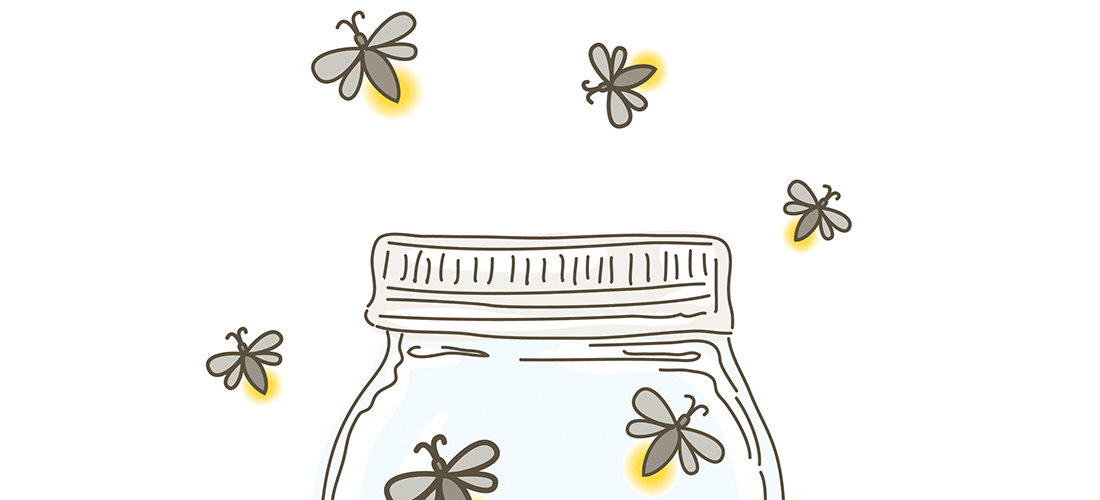Birdwatch
Brew-birds of Happiness
A haven for hummingbirds at Red Oak Brewery
By Susan Campbell
When I listened to the phone message, it was from a gentleman at a brewery of all places! He was calling me, as many people do, with a hummingbird issue. Oh boy! Probably, I figured, a young ruby-throated trapped inside the building. I get these calls every summer — from all kinds of folks. As always,
I returned the call right away, hoping to avoid disaster.
As it turned out, there was no crisis. The call, which came several years ago, was an inquiry from Bill Sherrill, owner of Red Oak, the brewery that makes Hummin’ Bird lager. Fortuitously, I had just tried this light but flavorful beer a couple of weeks before at Mellow Mushroom here in Southern Pines. I noticed it on the restaurant’s beer list and, being a hummingbird lover, was very curious. Now Bill was asking me whether these tiniest of birds, which he also loved, could be lured to his manufacturing plant off I-85 near Whitsett.
And who wouldn’t love such amazing creatures? As a bird lover and ornithologist who has been researching hummingbirds for almost two decades, I never tire of their iridescent plumage, fancy flight and feisty attitudes. Having banded thousands of these tiny birds, I still have much yet to learn from them with each passing summer.
Weighing less than a nickel, the ruby-throated is the only hummingbird species that breeds in North Carolina.
In addition to their well-known ability to hover, they can also fly sideways and backwards — and upside down. Living life in the fast lane (cruising speed is a good 35 mph) requires a lot of fuel, so it should come as no surprise that these little birds consume roughly their body weight in sugar each day.
Additionally, ruby-throateds need protein, especially during the breeding season. Any small insect found around flowers or grabbed out of the air that fits down the hatch is an opportune snack.
Would ruby-throateds become regular visitors to the beer garden Bill had lovingly built for his patrons? Even without knowing anything about the property, I figured it should be possible. But it would take a visit to Red Oak to know for sure. And if so, we would have to rapidly hatch a plan since mid-summer was approaching. I arrived at the brewery the following Friday afternoon to meet Bill, as he insisted I call him, and so I could learn a bit about the brewery, the scope of its beer garden and, of course, maybe taste some of the other lagers.
What makes Red Oak different from other craft beers is that all its lagers are unfiltered, unpasteurized and preservative-free. It is also the only beer in North Carolina made from imported Bavarian malted barley and German Noble Aroma hops in accordance with the 1516 Bavarian Law of Purity.
Given the extensive landscaping already in place complementing the beer garden, it was clear that adding planters with brightly blooming annuals and perennials would be the way to go. Because they are hummingbird magnets, we chose the sweetest varieties of salvias, lantanas and cigar plants leaving room to hang sugar-water feeders. In order to ensure the birds’ return, we added six feeders and, twice a week, I dump them out, clean and replenish them. I’ve tried dozens of varieties, but over the years I’ve found that HummZinger and Dr. JB’s Clean Feeders are not only a consistent hit with the birds but are also well-made and easy to keep clean.
The water features on each side of the beer garden were a pleasant surprise. One has a waterfall and the other a small fountain, and both have significant moving water, the sound of which draws birds of all kinds. In both features, water flows over rocks and the levels are shallow enough for a hummingbird to stand in. Have you ever seen a hummer taking a bath? It’s a rare and marvelous sight.
It also helps that the amount of red on the property — the signage, trailer and even umbrellas on the tables on tour day — clearly get the birds’ attention. Given that ruby-throated can see red a half to three quarters of a mile away, Red Oak’s brilliant logo is definitely the right color.
Furthermore Red Oak is not far from prime hummingbird habitat: Lake Mackintosh, a Burlington water source, is less than a mile away.
The Red Oak property, purchased more than a decade ago, clearly was acquired with expansion in mind. The main part of the brewery, a massive edifice showcasing dozens of gleaming stainless-steel tanks as well as the bottling and kegging lines, is just the beginning. Call it what you want: bierpalast, bierstube, biergarten, gasthof, beer hall or, Bill Sherrill’s favorite, lager haus, the 28,000-square-foot expansion, scheduled to open by November, will house two separate beer-drinking halls featuring a handsome mahogany bar and etched-glass window, with soaring hardwood beams and maple paneling overhead. Guests will be able to buy Red Oak in bottles and growlers or drink it from draft taps Wednesday through Saturday in the winter and Wednesday through Sunday in the summer.
“Susan has been absolutely amazing,” Sherrill told O.Henry magazine just the other day. “The hummingbirds have absolutely increased since she came here. It’s been a wonderful partnership.”
And more will come, he said, once Campbell and Trena McNabb tackle the ambitious landscaping around the new facility. “We’ll have a waterfall going into an open stream that will run right through the middle of the beer garden,” Sherrill enthused.
The open stream, waterfalls and expanded landscaping that featuret native plants will attract all sorts of birds, including northern mockingbirds, house finches, northern rough-winged swallows, killdeer, red-winged blackbirds, and chipping sparrows visit and nest all around the brewery. After all, what goes better with beer than wings? OH
Susan would love to receive your wildlife sightings and photos. She can be contacted by email at susan@ncaves.com.


